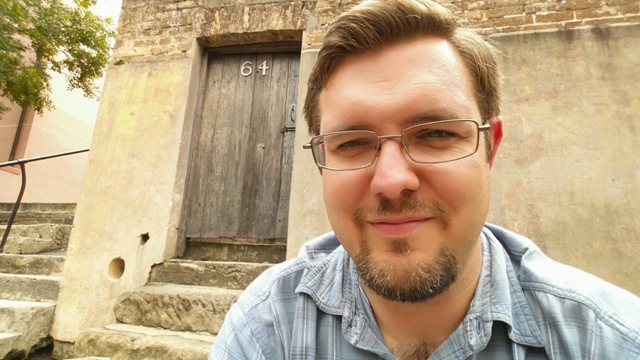A great story just appeared in the Washington Post a couple of days ago that is the most perfect example I’ve ever seen of the importance of Purpose in our musical experiences. In my earlier post on the topic, I suggested that there can be problems when musicians have one Purpose for performing their music – and the audience have a different Purpose in being there to listen to it.
So in this (I will admit) highly amusing tale, journalist Anne Midgette describes what happened when a ‘Stravinsky Rave’ was hosted in a Washington D.C. nightclub. The idea was that Stravinsky’s Rite of Spring would be performed by a live orchestra with dancers in a nightclub. But the night, at least as far as Midgette describes it, seemed to have been rather an awkward affair. The conductor, on several occasions, told the audience off for taking photos. Or for talking during the music.
That right there is a classic mismatch of Purpose. It seems pretty clear, from the way the conductor acted, that his chief Purpose was to present the Stravinsky Rite as a serious piece of music for the audience to appreciate. And certainly it sounds like there were people there for that purpose as well.
However, by the sounds of it, there were also a bunch of people at the club who assumed that if you put something on in a club, surely, the rules are a bit more relaxed? After all, why can’t you take photos and talk during the music at a nightclub? You would for any other band, right?
In short, there was a clash between the Purpose of ‘presenting serious music’ and the Purpose of ‘let’s have a fun night at a club’. None of which was probably thought out explicitly by either the performers or the audience, but it well and truly played out on the night.
Like this:
Like Loading...

 I’m currently the Director – Sales and Marketing at Queensland Symphony Orchestra. (All thoughts my own.)
I’m currently the Director – Sales and Marketing at Queensland Symphony Orchestra. (All thoughts my own.)